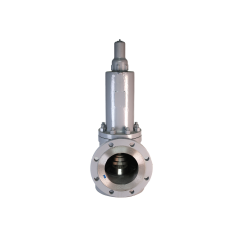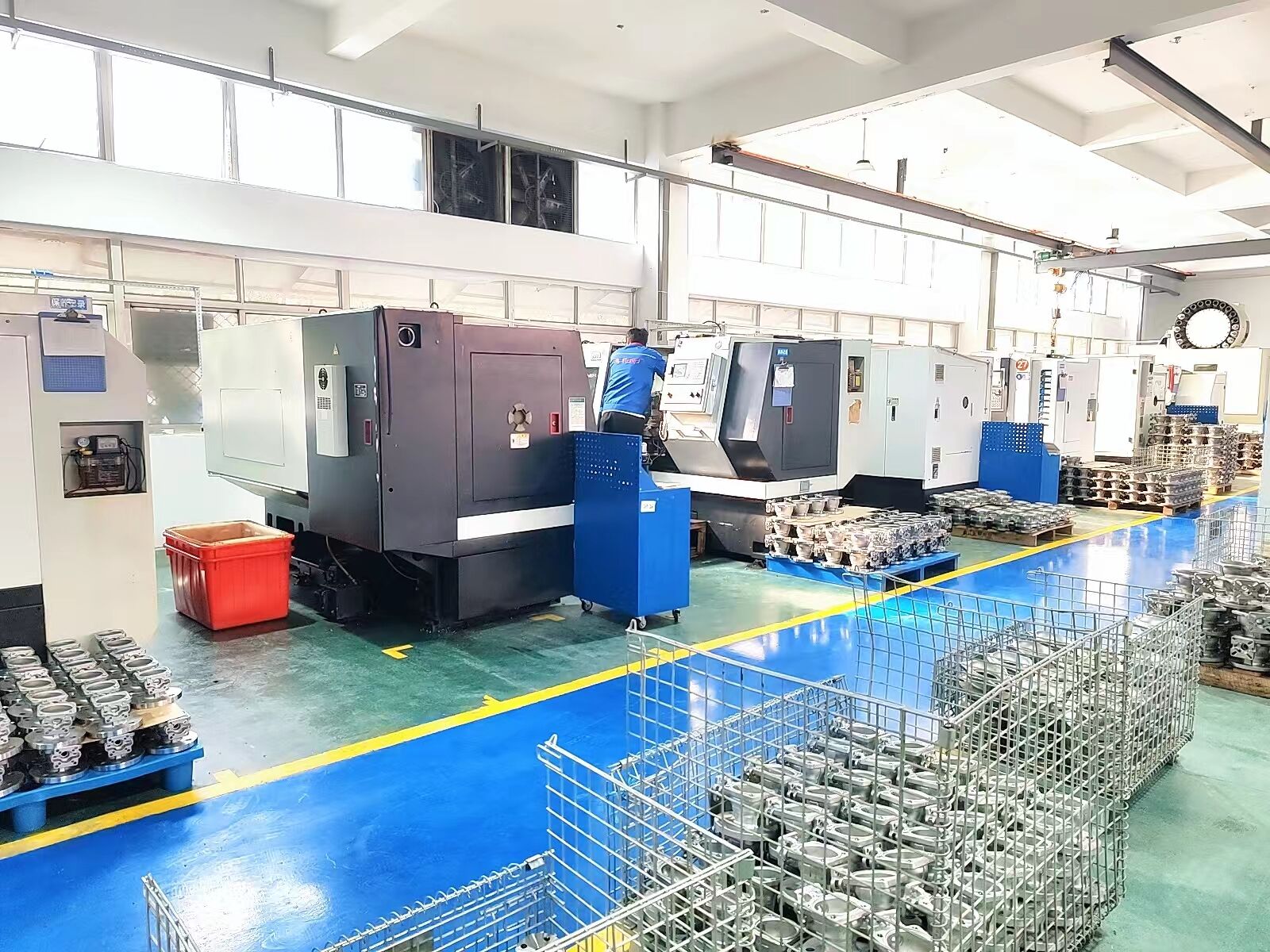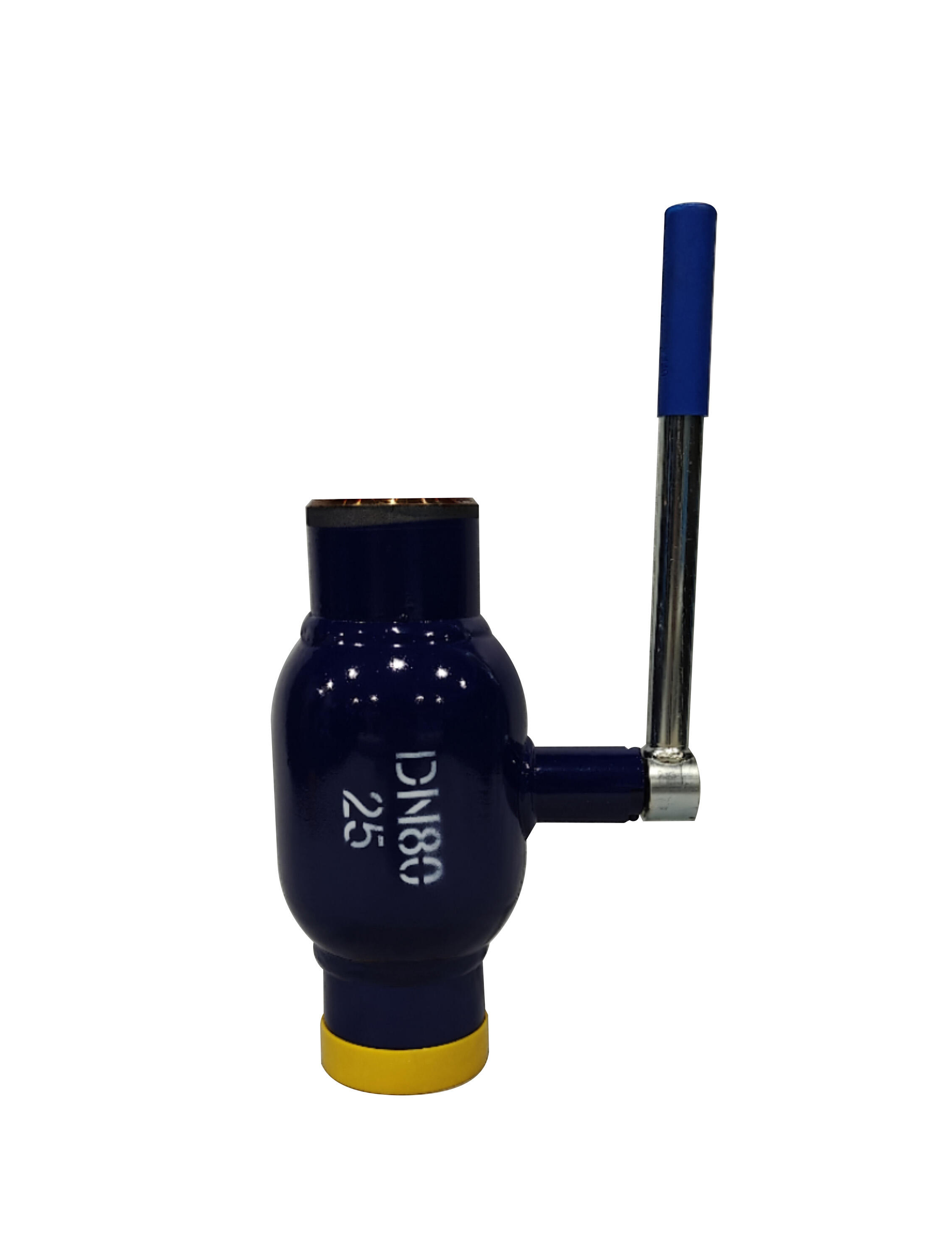pemilihan ukuran katup pelepas tekanan gas
Pemilihan ukuran katup pelepas tekanan gas merupakan proses teknik yang kritis untuk memastikan operasi sistem bertekanan secara aman dan efisien. Proses perhitungan yang canggih ini menentukan dimensi dan spesifikasi optimal katup pelepas yang berfungsi sebagai perangkat keselamatan penting dalam peralatan pengolahan gas. Proses pemilihan ukuran mempertimbangkan berbagai faktor, termasuk laju aliran maksimum, tekanan operasional, kondisi suhu, serta sifat-sifat khusus gas yang ditangani. Insinyur harus mempertimbangkan baik kondisi operasional normal maupun skenario darurat yang mungkin terjadi saat menentukan ukuran katup yang sesuai. Proses ini melibatkan perhitungan kompleks yang mencakup koefisien aliran, parameter aliran kritis, dan pengaruh tekanan balik. Metode pemilihan ukuran modern menggunakan alat komputasi canggih dan persamaan standar industri untuk menghasilkan perhitungan yang tepat. Perhitungan ini memastikan bahwa katup yang dipilih mampu melindungi sistem dari situasi tekanan berlebih sambil mempertahankan efisiensi operasional. Pemilihan ukuran juga mempertimbangkan persyaratan instalasi, aksesibilitas untuk perawatan, serta kepatuhan terhadap standar keselamatan dan regulasi yang berlaku. Pendekatan menyeluruh ini membantu mencegah kegagalan sistem, mengurangi biaya pemeliharaan, serta memastikan keandalan jangka panjang sistem pelepas tekanan.


